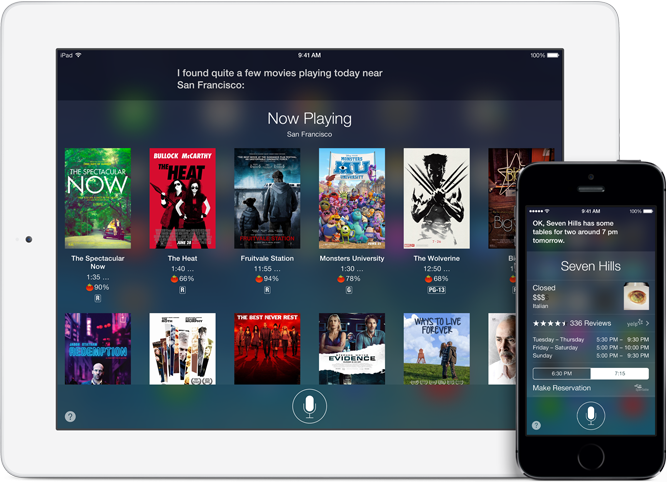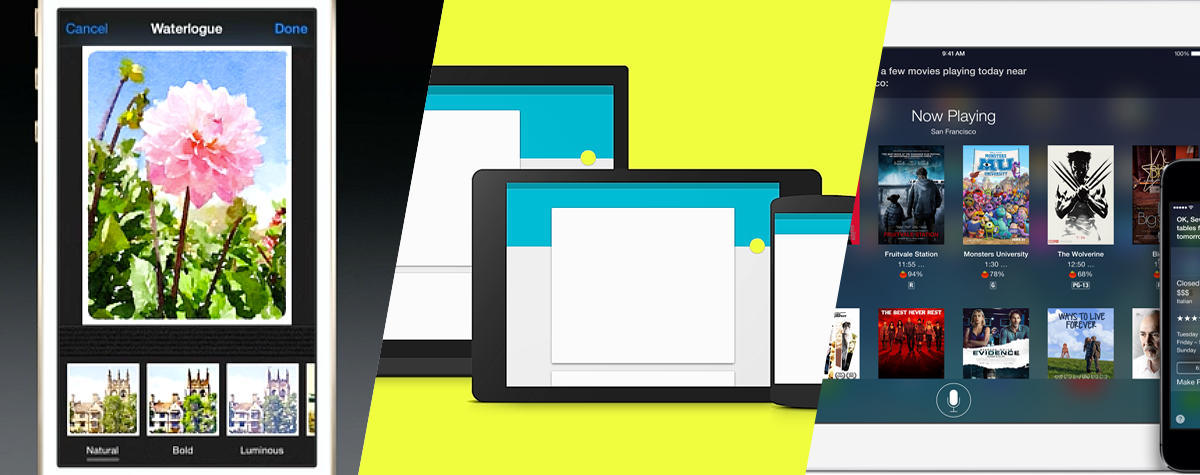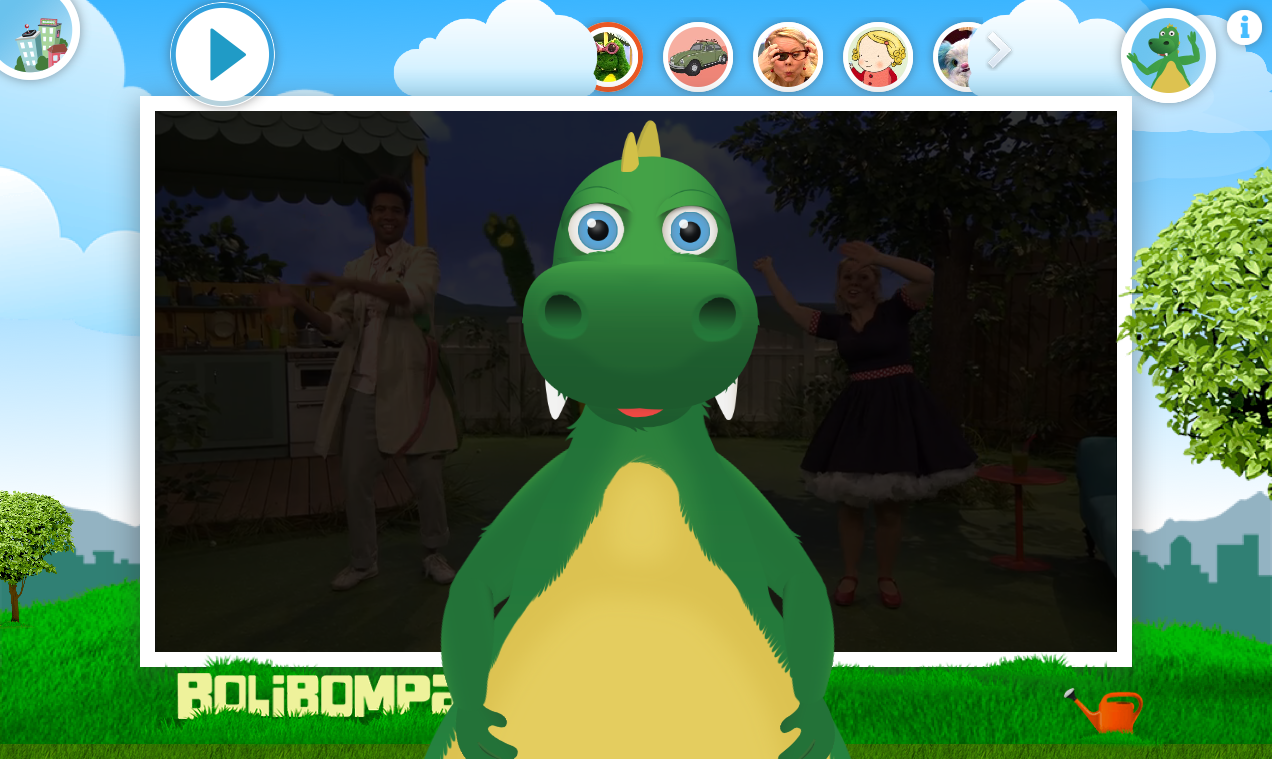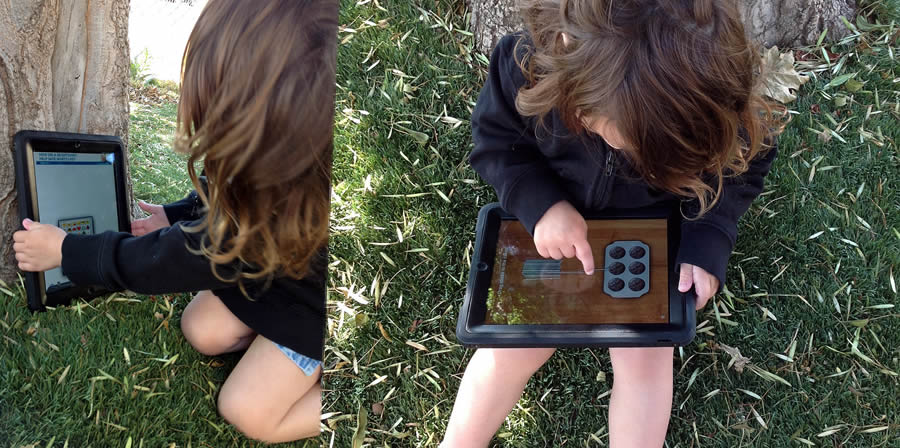Google as a cohesive whole. Apps as castles in the air, ready to float away at any time. User services that present no interface to the users.
A day before, as Google revealed its big plan at its annual I/O conference, it was overwhelming to conceptualize what this blob of digital services had become. Was Google a search bar that lived in a laptop web browser? Was Google a dashboard for your car? Was Google the Android tablet, being used to control an Android TV game? Was Google the system of white note cards, being sent from an Android phone to an Android Wear smartwatch? Was Google a magic blue button that lived on these cards, making anything possible with a tap?
In reality, all of these notions of Google are true. It’s a series of services that have become our digital infrastructure. And in the very near future, Google will exist, not as something you need to understand as “Chrome” or “Android,” but as a conduit of information that’s on just the right screen at just the right time.
And Google is grounding all of these infrastructural services through a new approach called Material Design, which will be introduced inside their upcoming mobile OS, Android L. It’s an impressive, underlying logic to Google’s interface across all devices that I believe will not just unify their services across the digital world, but bring them into our analog world, too.
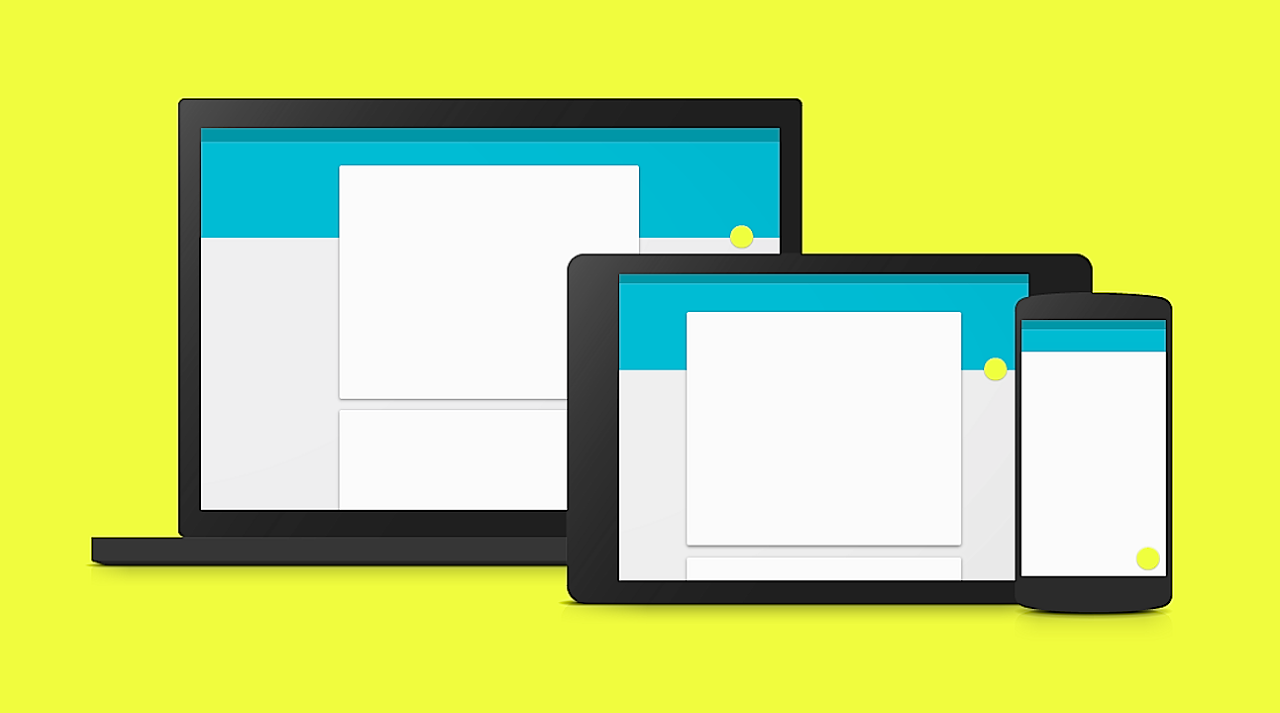
Apps, too, are ephemeral. Some of the most ephemeral software we’ve ever produced. Ephemeral if for no other reason than because of their gated homes.
Today, our apps are basically self-contained castles. Walled off from every other app, you have to open Google Maps to find restaurants in your area, then you have to open up Yelp to search its reviews, and then you have to load Safari to search what Kow Soy is because everybody on Yelp says you just have to order it.
But this method is inefficient. In response, Apple debuted a new feature that will appear in their new iPhone/iPad software, iOS 8. They’re called Extensions. And what they do is allow you to use apps within apps, without having to multitask your way back and forth.
This might sound like a small detail–another feature that won’t really change anything. I disagree. I believe that because Apple is so influential in the app space–developers tend to make apps for iOS first and Android second–Extensions will shape the way we use our phones and developers create our apps into the future. Namely, most of us will begin using just a few apps on our phones. Alpha Apps, if you will. And these apps will be designed to contain other apps.
Meanwhile, the Internet of Apps–an idea where we surf from app to app as lazily as browsing the web–will never come to be.
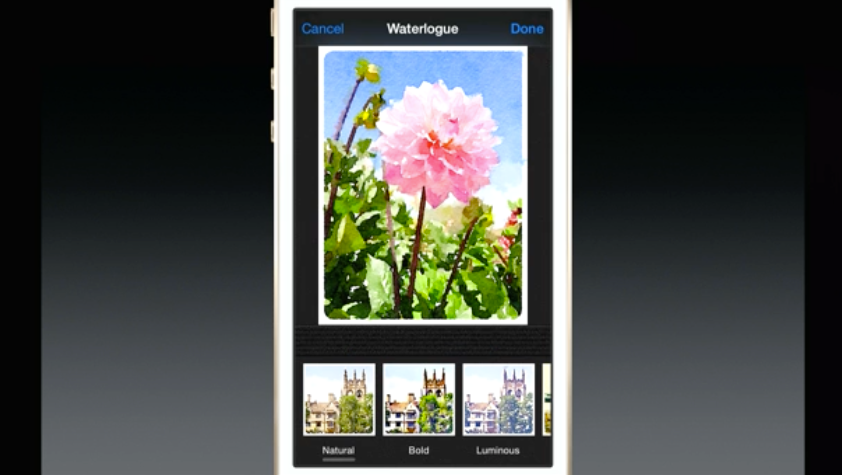
Android Wear beams notifications from your phone to the gadget on your face or wrist. These notifications come through as simple index cards–like text messages or blurbs about the weather.
…
One challenge Lider recognized was getting app developers–who normally prefer to pull users into their apps–to think about what their app does as a single, bite-sized experience.
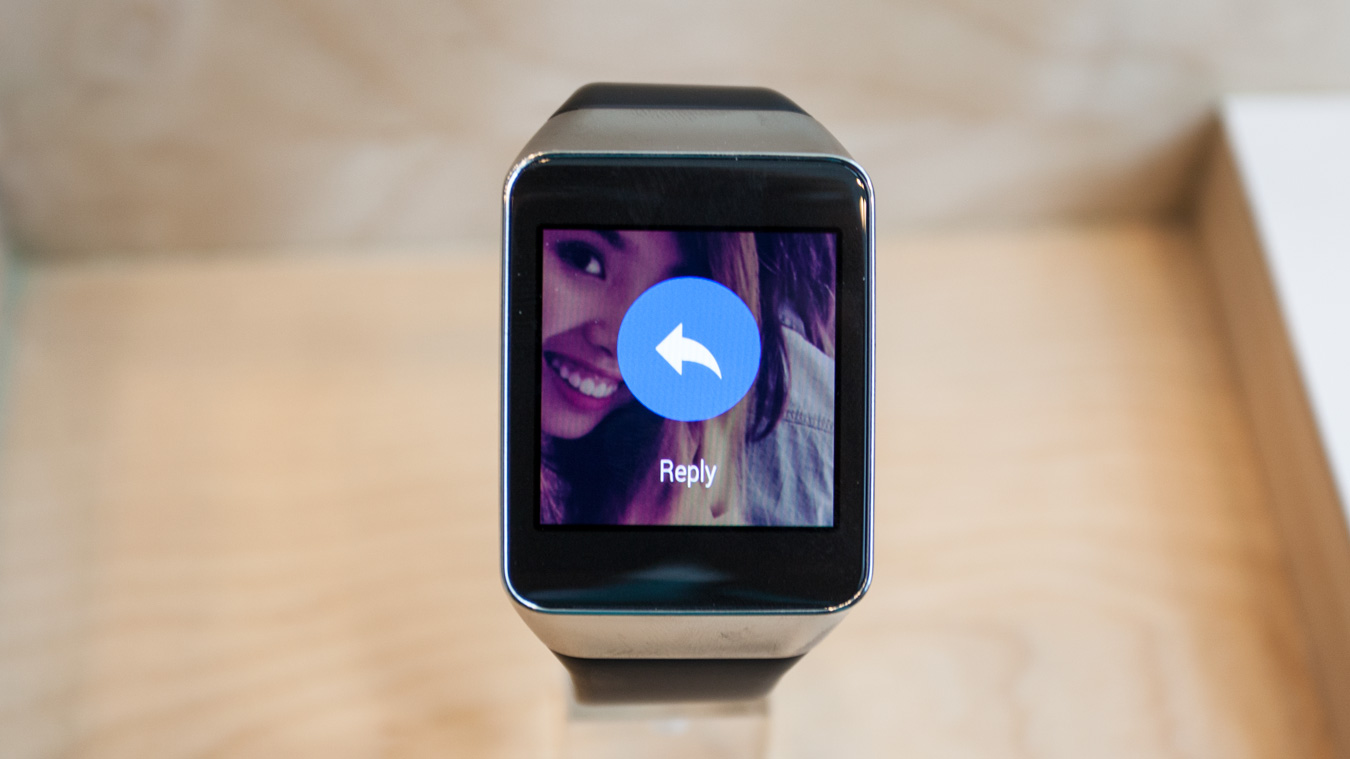
I can no longer find the source for it but an article by some smart person included thoughts about Siri, the iOS voice controlled assistant. They wrote that Siri, and similar services, might well be the future model for mobile task execution. The user enters a query and the system fetch raw data that is presented not as a list of search results to be explored by the user but rather as information. You ask, the device answers. The same goes for actions – you ask the device to do something such as to book a movie ticket and the system takes care of the details. This leaves data and service providers in a new paradigm – they need to expose their products to Siri rather then to “end users”. This in itself opens up questions about branding, monetization and control.
